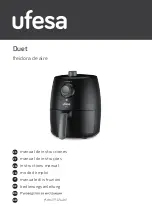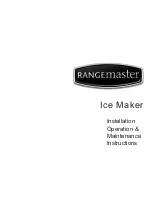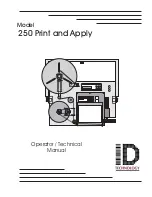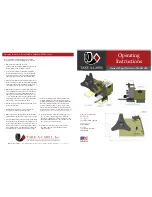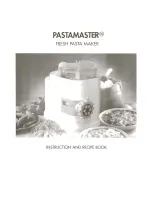
15
remove the kneading hooks. If the
kneading hooks are fully stuck in the
baking pan submerge the bottom half of
the baking tray in warm water and allow
it to soak before trying the process again.
Ensure that all bread contents have been
removed first.
Cleaning and maintenance
Disconnect the machine from the power
outlet and allow the appliance to cool
before cleaning.
Baking pan: Remove the baking pan by
lifting it out of the bread maker using the
handle on the baking pan. Wipe the inside
and the outside of the tray with a damp
cloth. Do not use any sharp or abrasive
agents as this could damage the non-stick
coating. The pan must be dried completely
before installing.
Kneading hooks: If the kneading hooks
are difficult to remove from the bread, use
the kneading hook remover. Also wipe the
blade carefully with a damp cloth
preferably made of cotton. Both the
baking tin and kneading blade are
dishwasher safe components.
Dispenser: After each use, clean the
ingredient box with a damp cloth, then use
a dry cloth to wipe it again.
Housing: Gently wipe the outer surface of
the housing with a wet cloth. Do not use
any abrasive cleaner for cleaning, as this
will degrade the polish of the surface.
Never immerse the housing into water for
cleaning.
Before the bread maker is packed for
storage, ensure that it has cooled down,
been cleaned and is completely dry with
the lid closed. Ensure you:
Periodically check the appliance parts
before reassembling them.
Store the bread maker in a dry, clean
place.
Do not wrap the cable around the
appliance when storing it.
Clean all jams and marmalades whilst
they are still warm, once they are set
they are harder to remove.
Do not use any sharp objects or metal
tools on the baking panas it will
scratch the non-stick coating.
Do not clean the baking tray with steel
wool or abrasive materials.


























